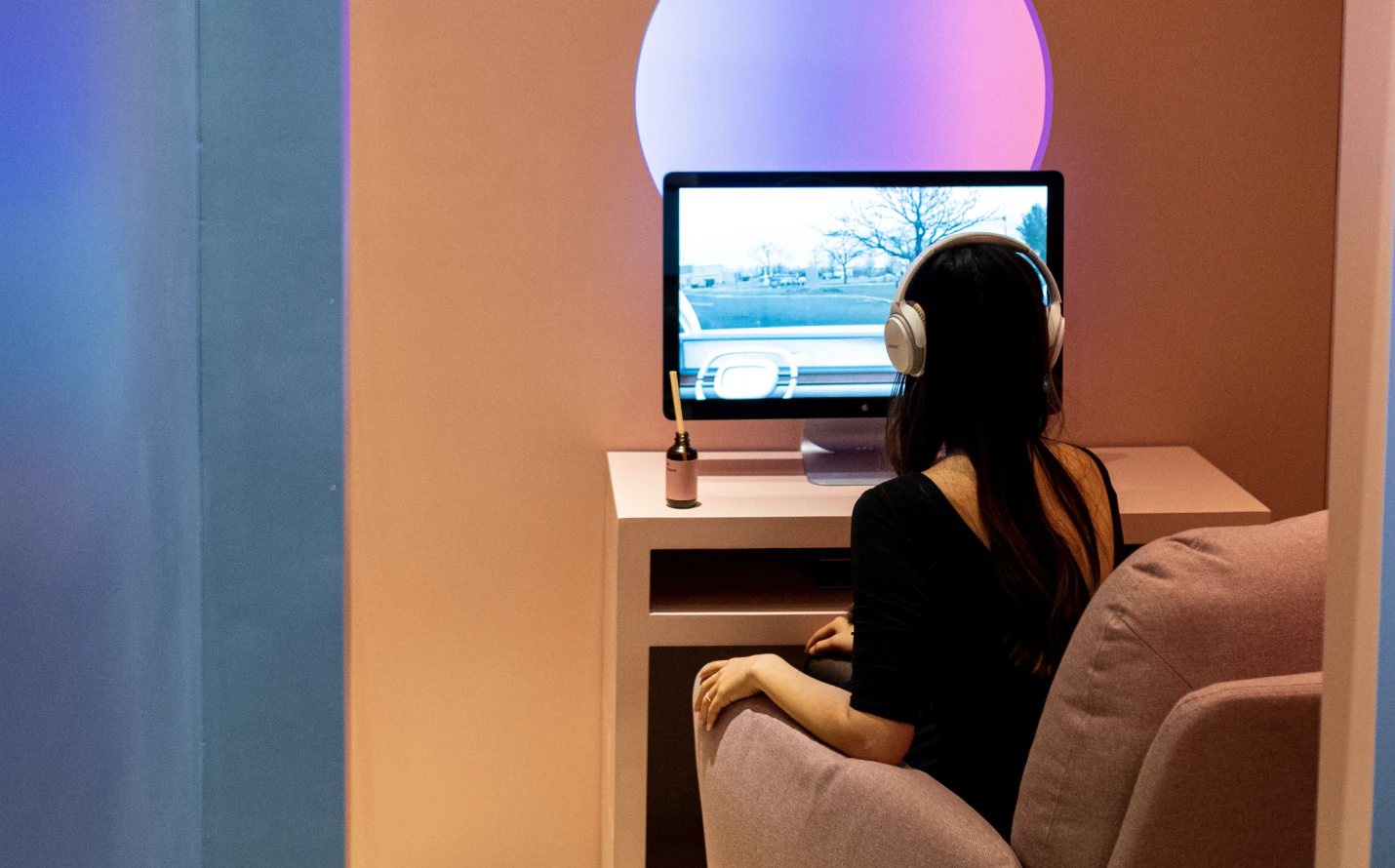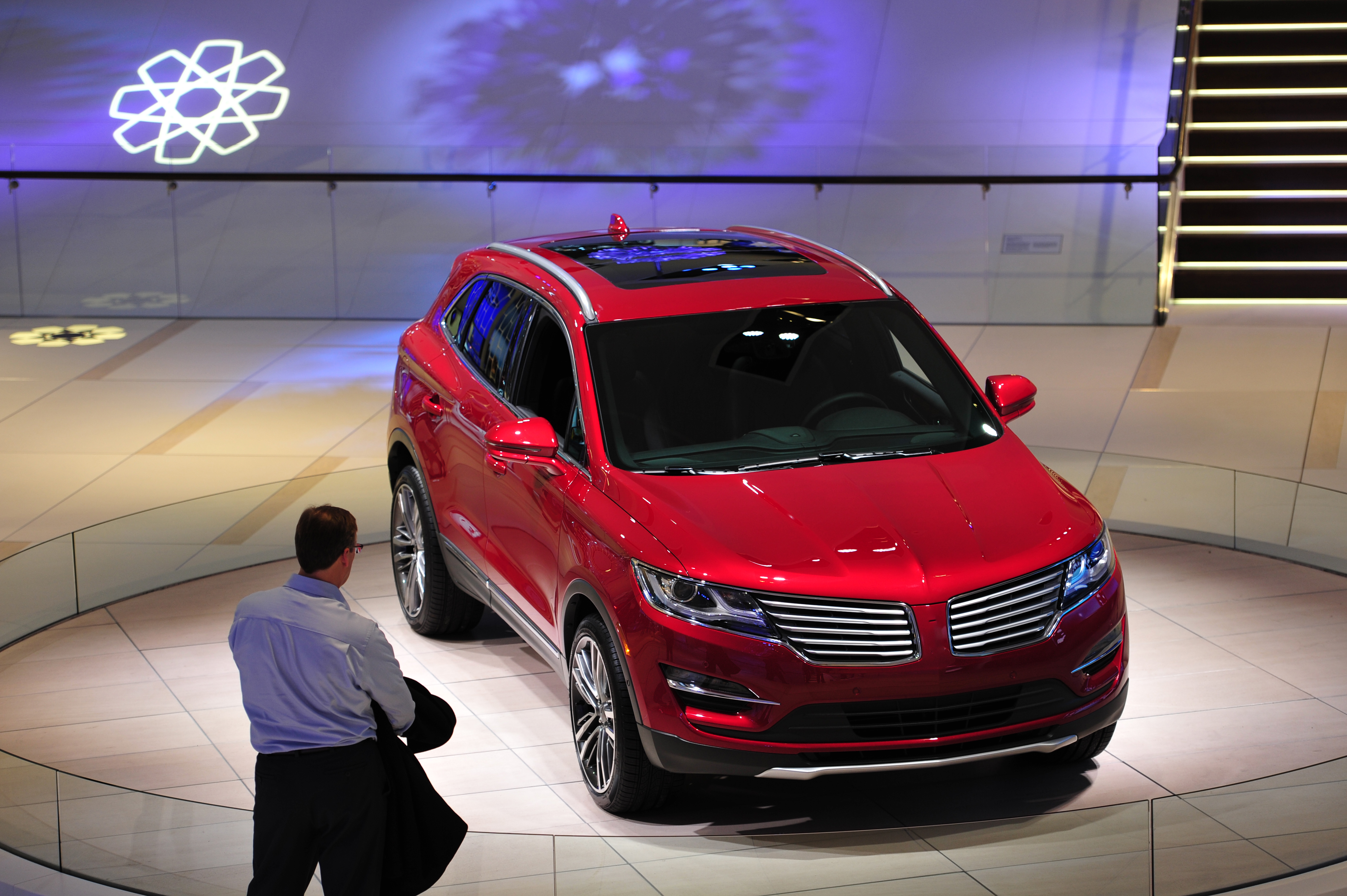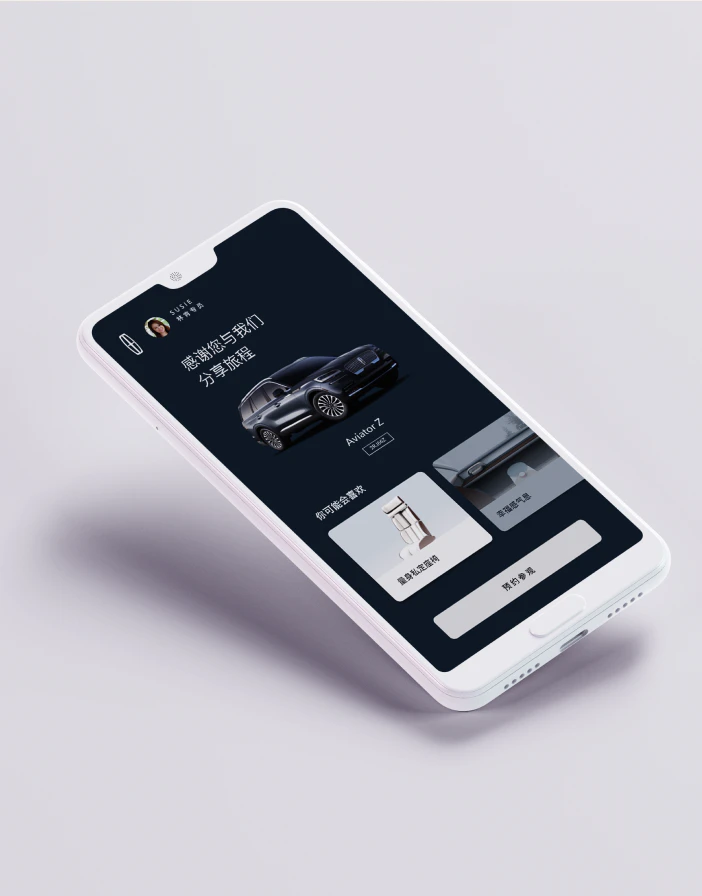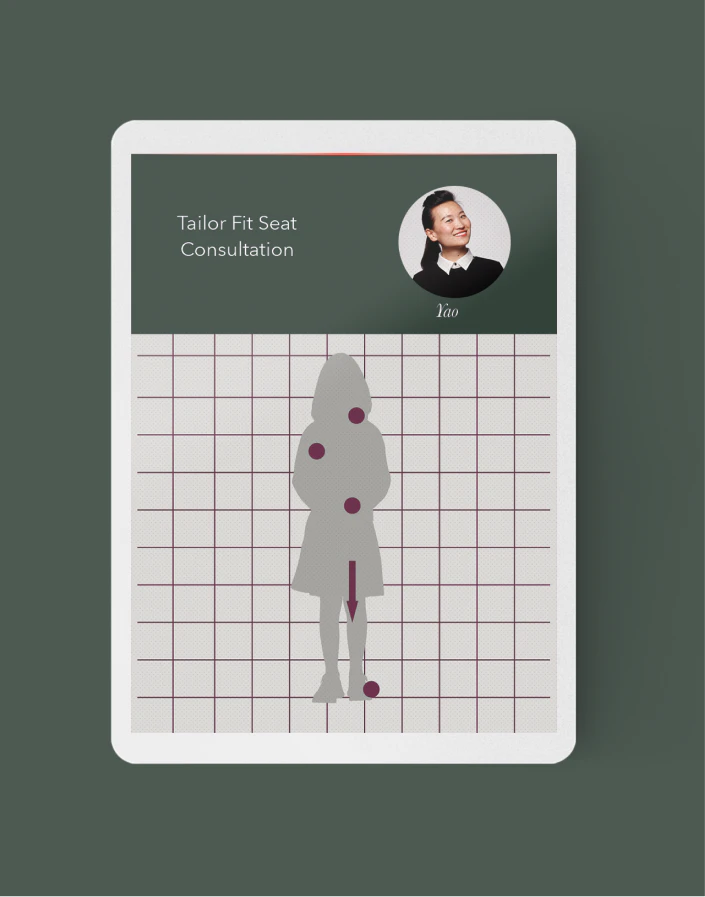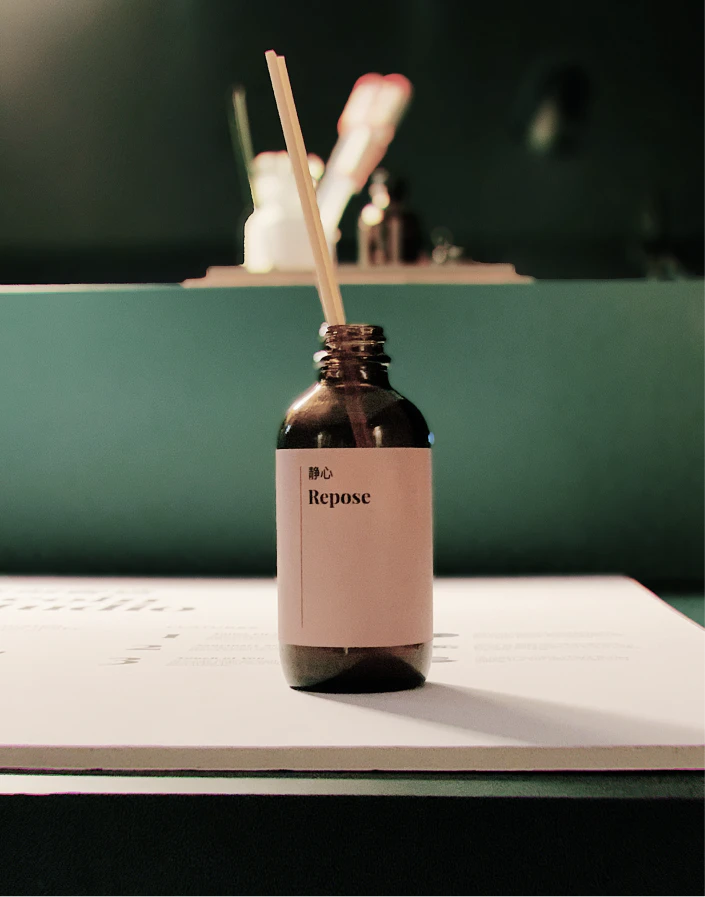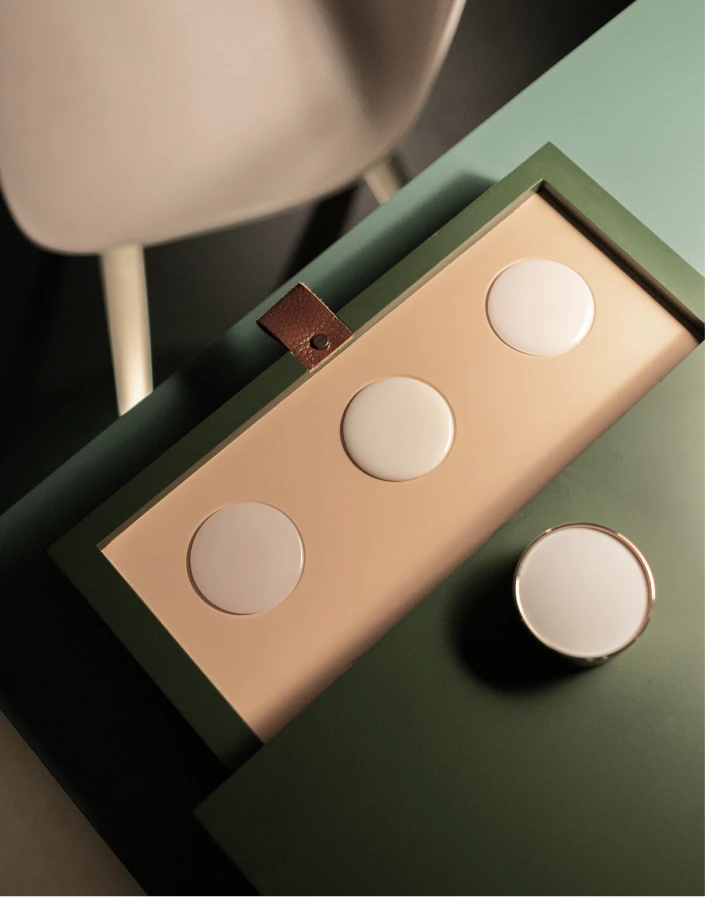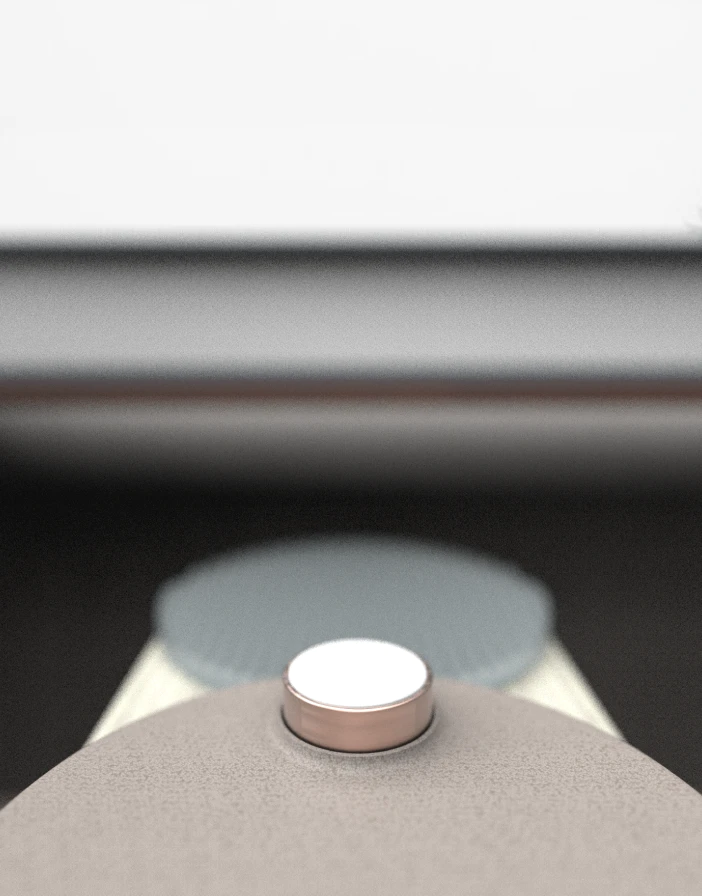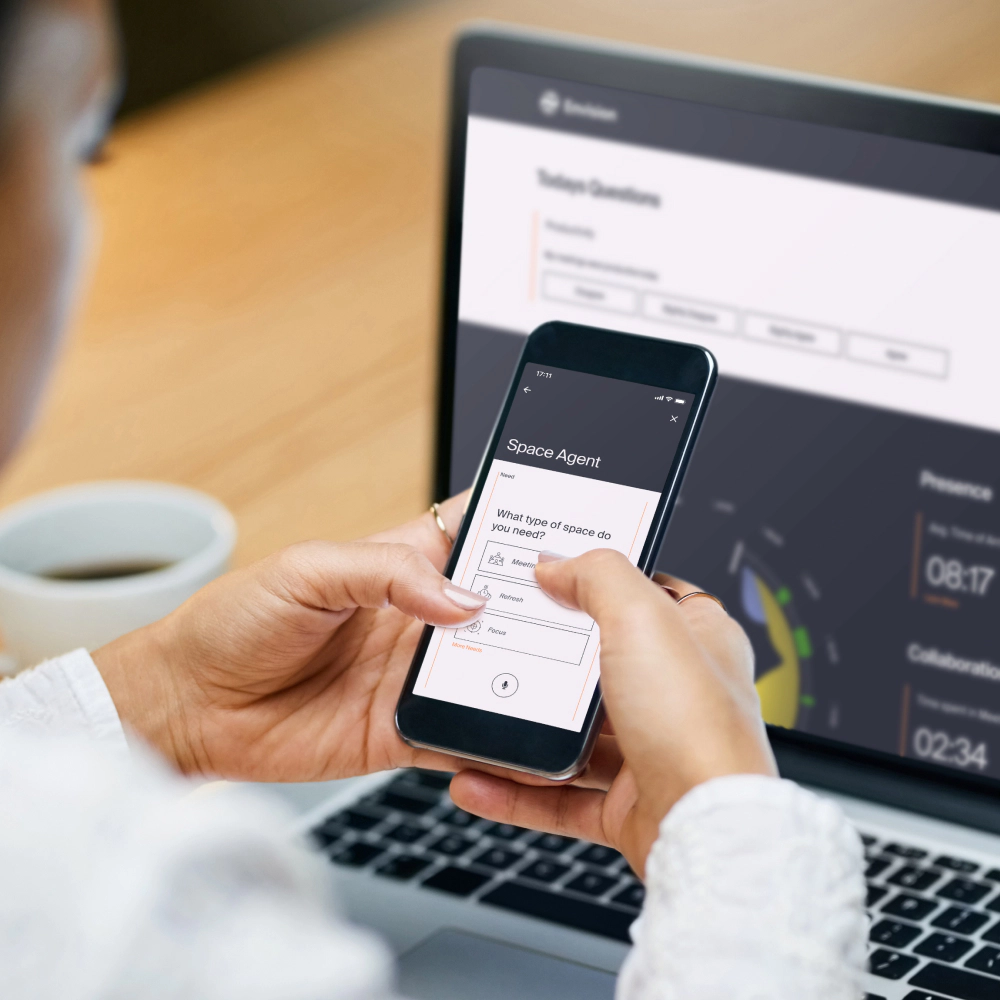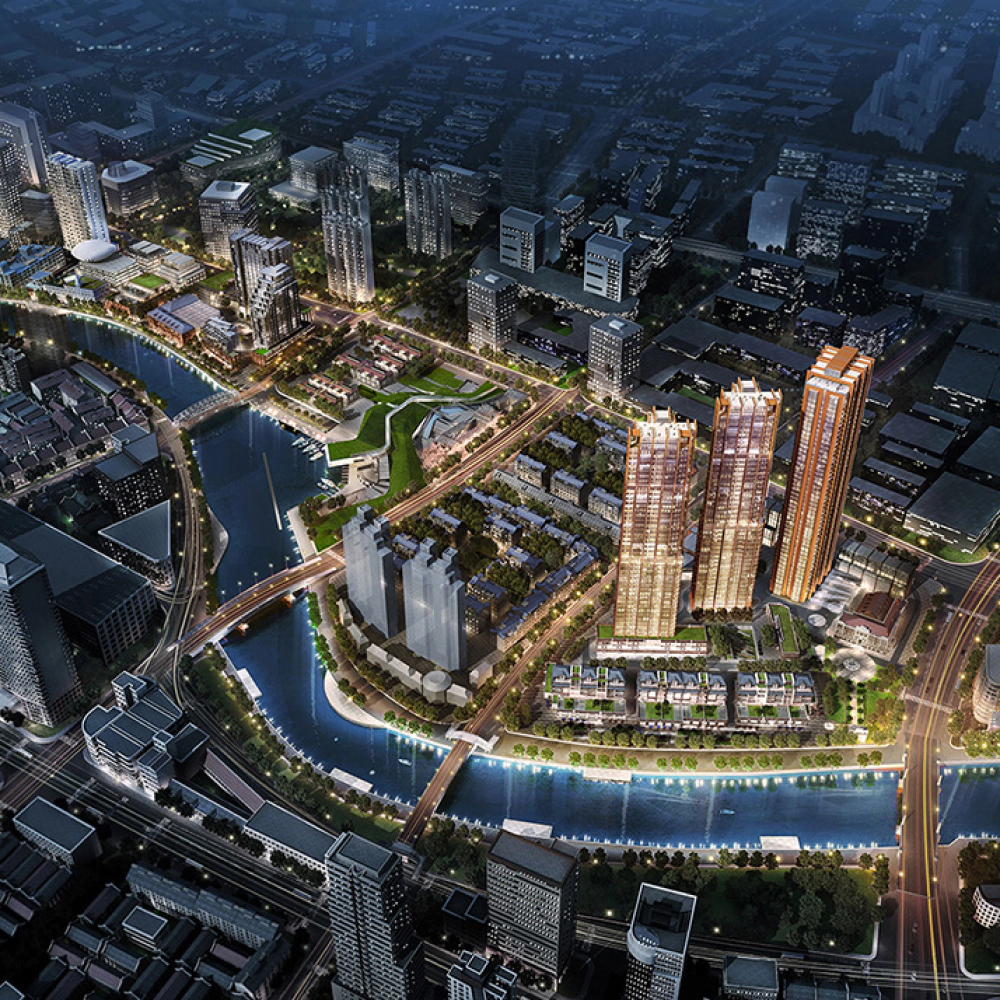Kickoff
Aligning the expectations of the key stakeholders
We kicked off the engagement with the Qmotor leadership team from both the US and China to review what we had learned in phase one and audited the brand-related work across the organization. To get a head start, we also provided some initial ideas to prompt feedback on what the preferred direction might be. In the meeting, we captured a few sentiments which would focus our design efforts down the line.
Having a deeper understanding of how Chinese consumers perceive luxury.
Distill the brand message and help teams to translate it into products and services.
Consider the business implication in both China and the US market.

Research
Seeking inspiration from the emerging signals
We started by finding inspiration from the emerging signals of today based on the three POVs that we distilled in phase one - Wellness; Impeccable Impression and Seamlessness. We spoke to various experts and extreme consumers to learn about their perspectives and aspirations, including a wellness coach, a TV scriptwriter, a China-focused economist, a Key Opinion Leader ( KOL) that held various identities, and a female entrepreneur who underwent a life stage change.
On the experience level, we participated in a tea ceremony with a master in the Amen hotel to learn how rituals, craft, and interior design could impact people's wellness. We also sailed with the Olympic coaches to find out what effortless meant to them. These rich insights helped us to dive deeper into each topic with fertile soil in which to grow our ideas.
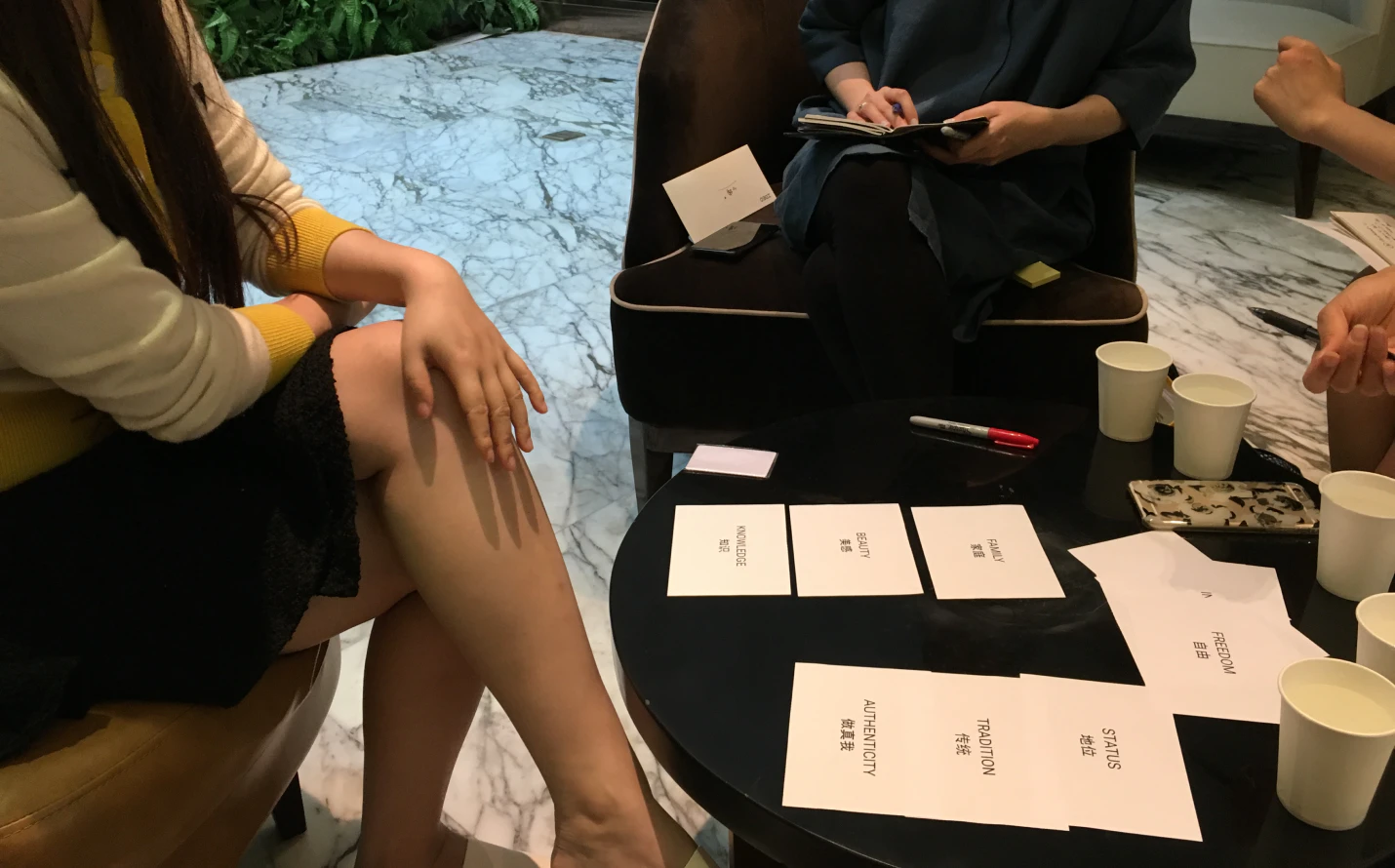
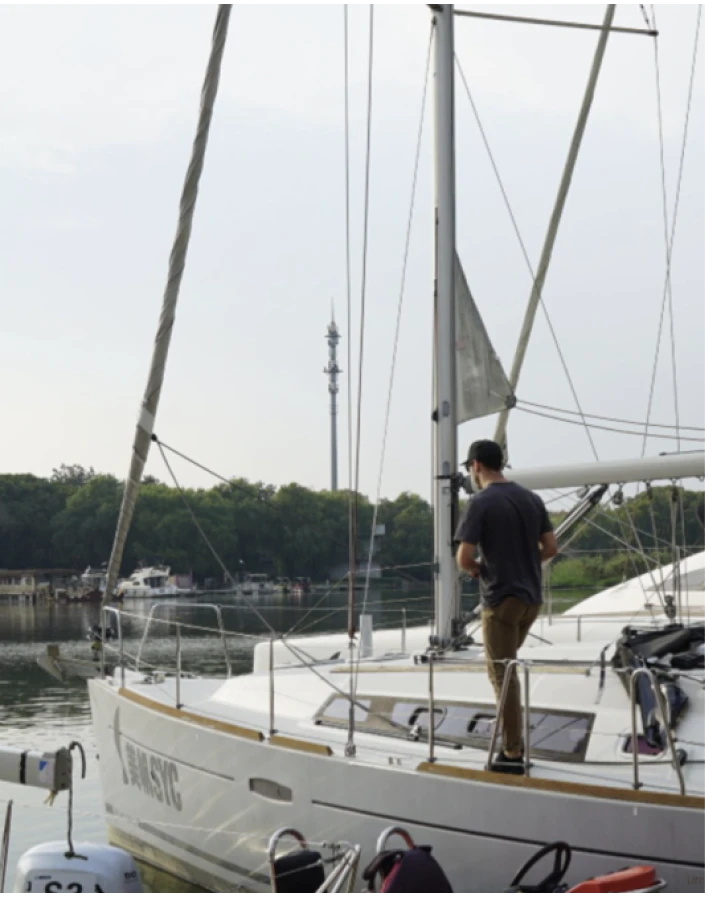

Research
Understand what resonates with Chinese consumers
With that inspiration in mind, we quickly iterated the value proposition and created a set of concepts to test what resonated with people and why. Our first stop was Hangzhou, a fast-growing, tier two Chinese city where the citizens are well-off and open to technology, and a perfect test bed and alternative reference to what we found in Shanghai. We invited eight participants based on their *future persona; namely luxury car owners, of mixed gender and age and with progressive attitudes towards life. We showed the concept with a set of value statements to probe their needs and aspirations toward different aspects of life. The findings helped us to narrow down our direction while setting the base tone for the design.
People see the car as a shelter to balance mood rather than health.
People like to show their inner depth through understated luxury.
People want to take care of their passengers as well as themselves.
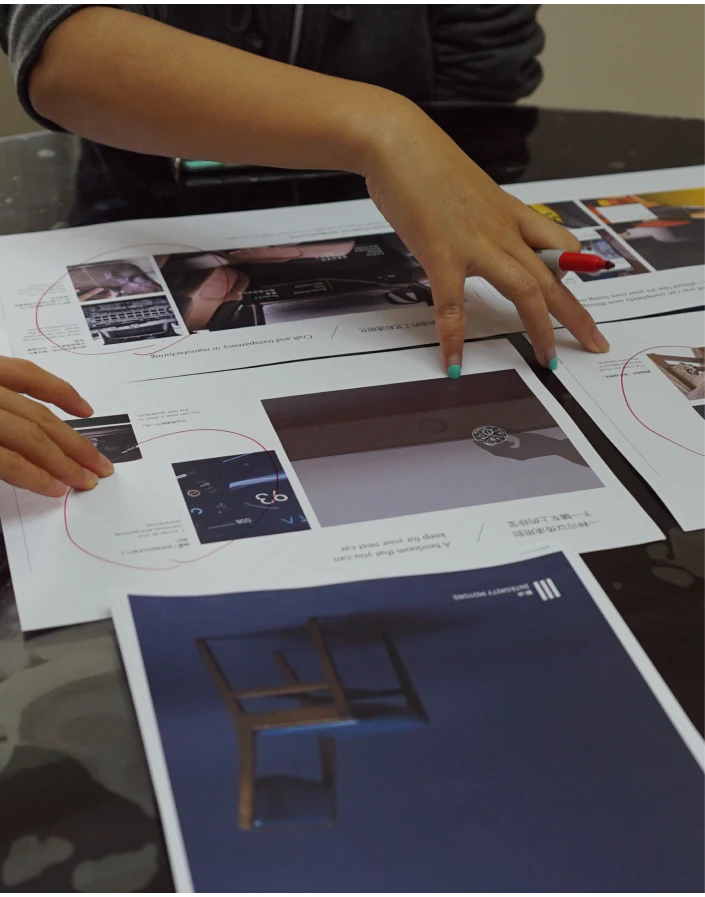
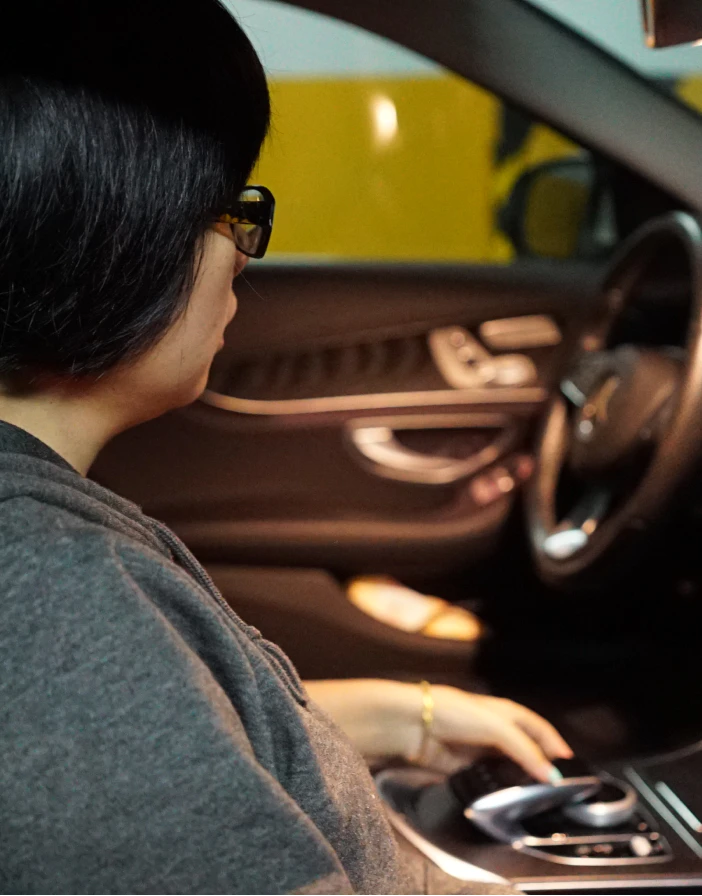

Design
Cross Gut-checking with edge consumers in the US
Though the Hangzhou research gave us a good understanding of consumers, we were also eager to learn how the results echoed in to the US market. To find out, we chose LA as our research destination as the city is well known for luxury goods and lifestyle. We recruited twelve 12 people with similar profiles and conducted the research with the same methodology we used in Hangzhou.
By comparing the notes from China and the US, we were able to identify and prioritize opportunities that spoke to both markets and distilled the value proposition to its core message - “To be the best of you,” which was an aspiration that was is widely acknowledged by most of the consumers across the two markets.
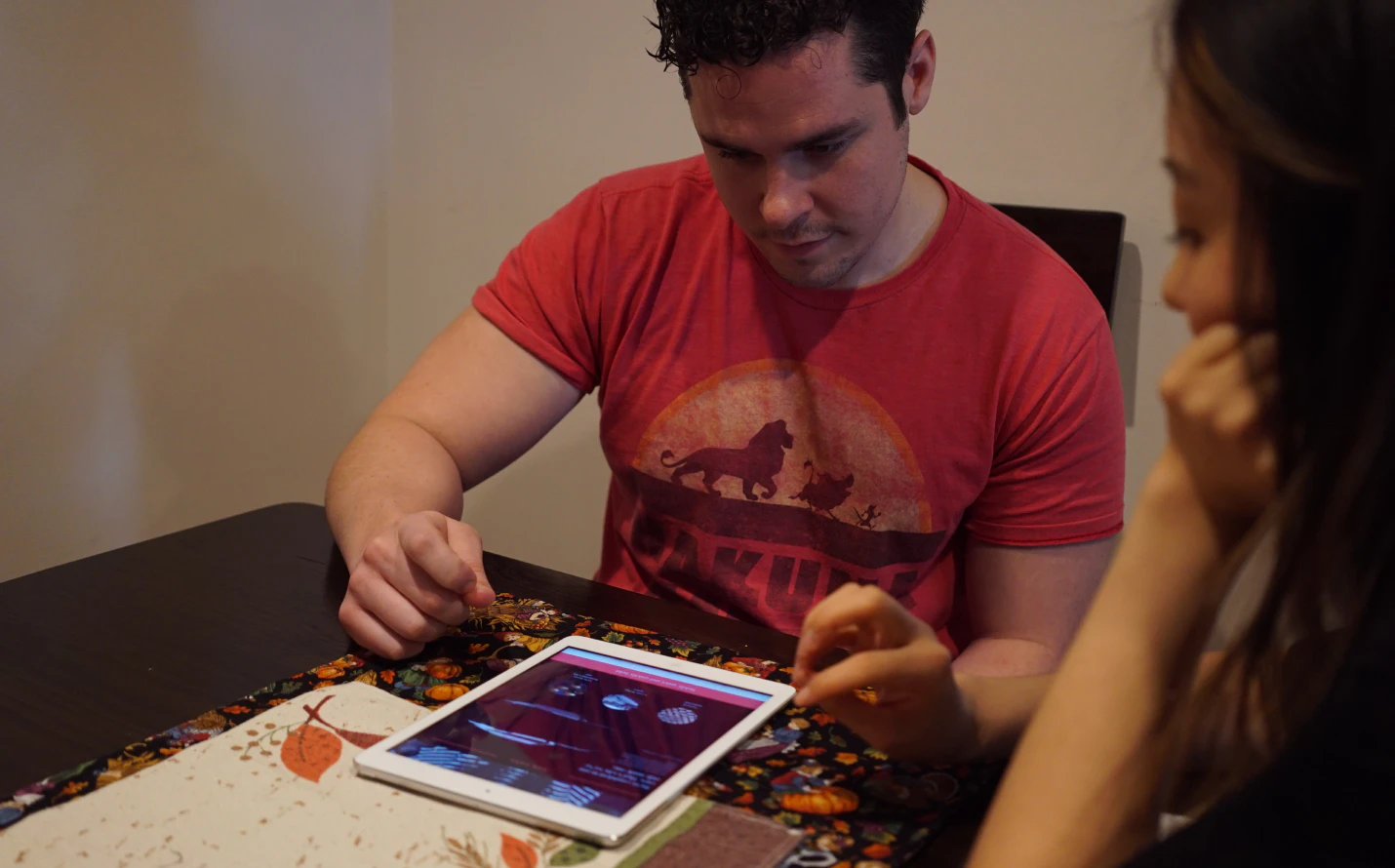
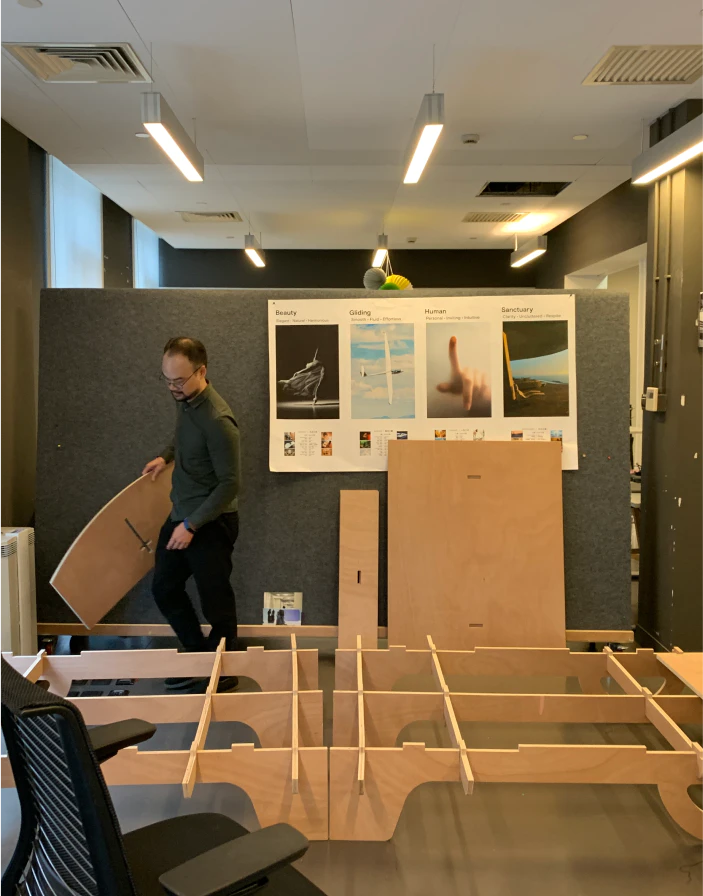
Testing
Working backward to bring the vision to life
As exciting as it might sound for the future of Qmotor, we wanted to make sure the brand proposition was also practical enough to inform the business of today, especially in the Chinese context. Based on Qmotor's current consumer profile, we invited eight people in Shanghai to talk about how they felt about the new brand message and concepts. Doing taht helped us to identify some experience flaws that we could work on to further polish the design. From the positive feedback we heard, we were confident to bring the value proposition forward with the suggested key moments and concepts that Qmotor could start building from then.

